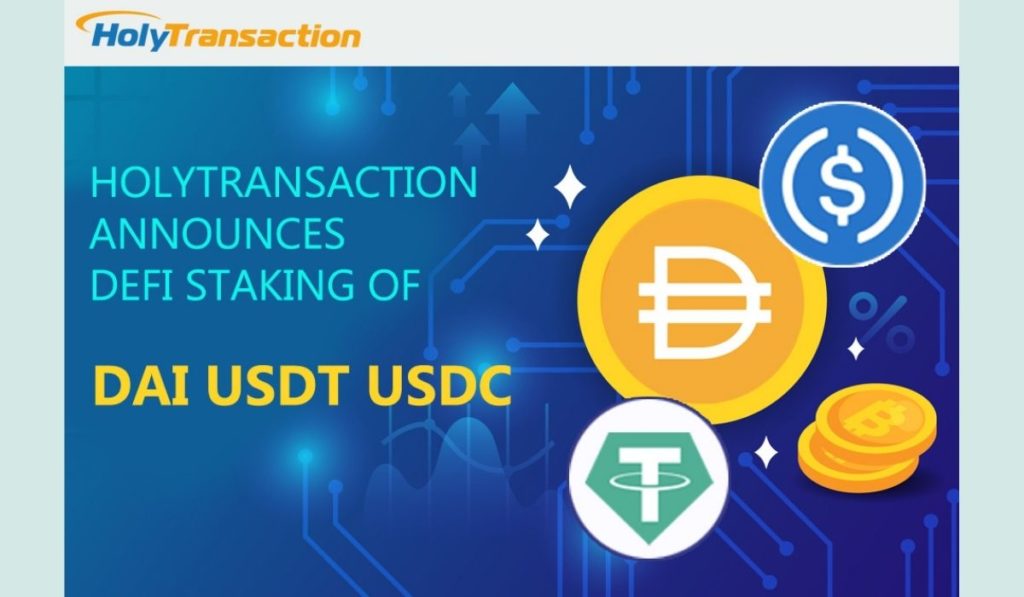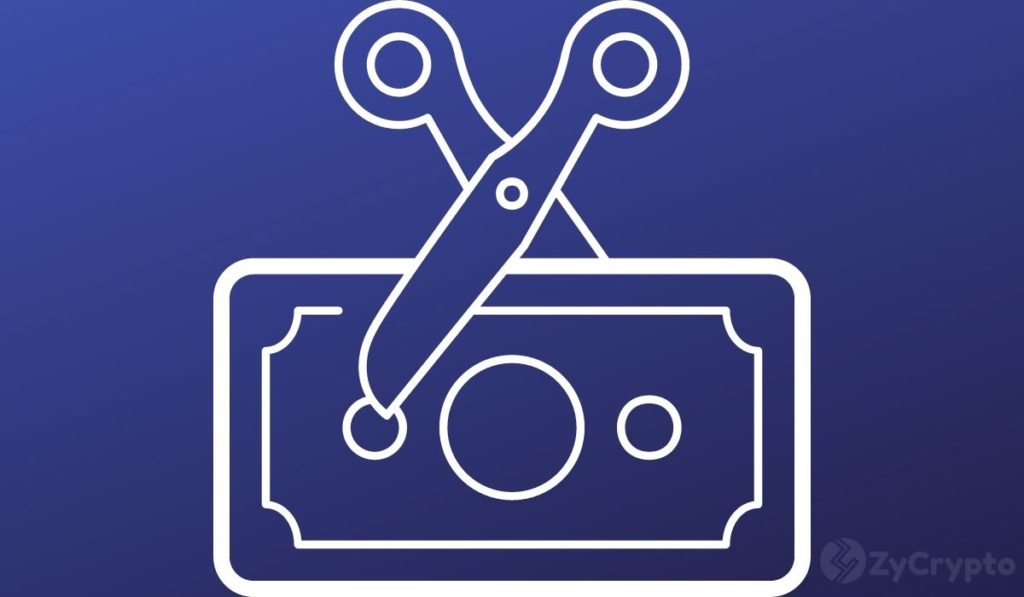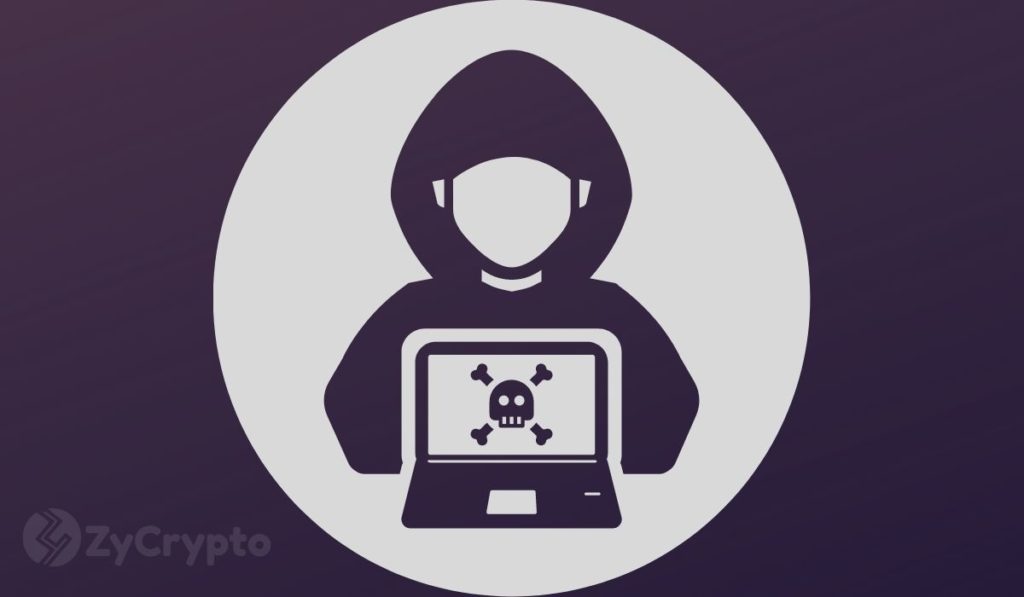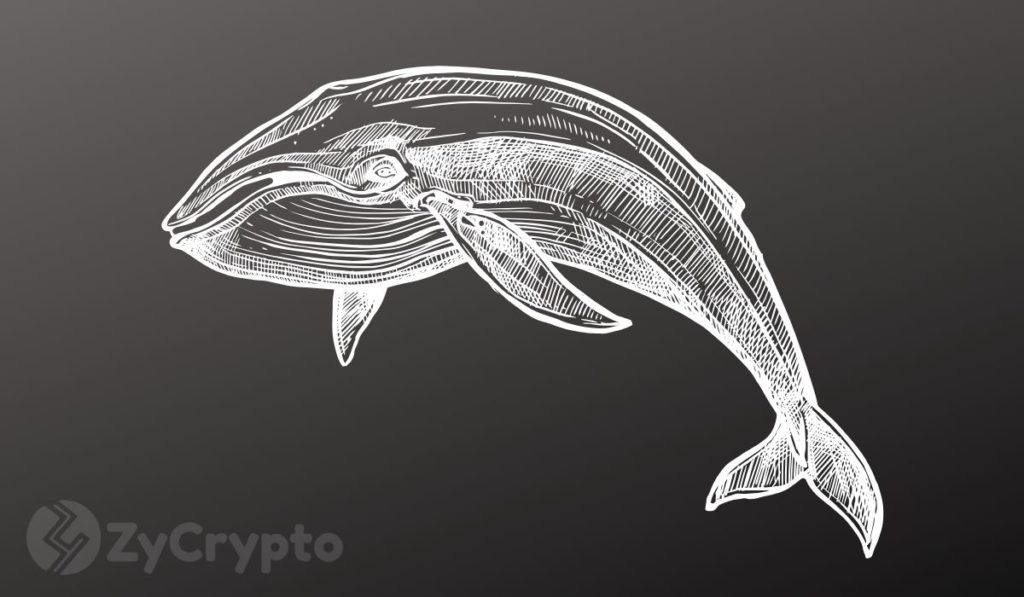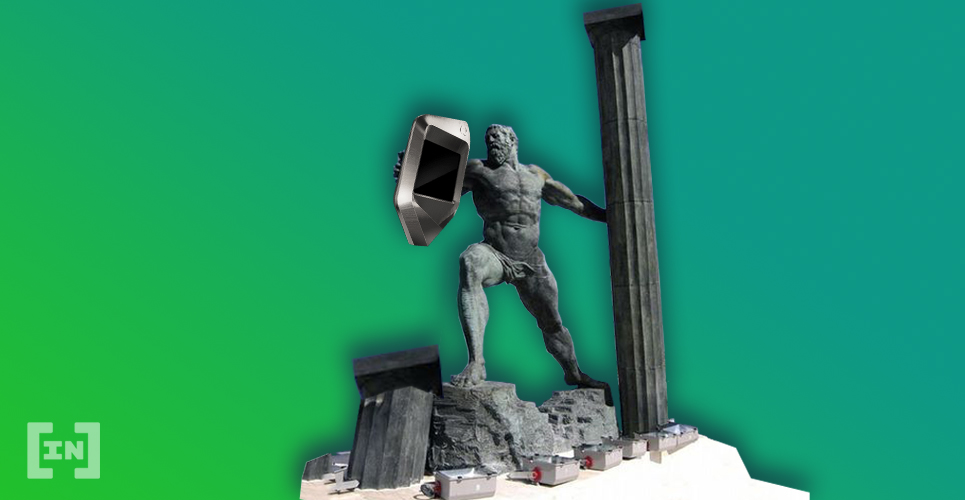2021-3-29 15:47 |
Let’s try to imagine what will be happening in 2031. What will be in our wallet or wallets in ten years? This is what I see.
Predicting the future isn’t easy. But, given current developments in payments, money, and crypto, one can sketch out what we will probably be dealing with down the road.
The future of physical walletsSo, what will we have in our wallets, purses, and pockets in 2031? I think we will still have a mixture of banknotes and cards, but with a twist.
Cash. The banknotes we have today will still be around. There will probably be less of them, but you still may need some once in a while to make payments at some low-tech merchants or to make a truly anonymous transaction.
Hybrid banknotes. You will probably be carrying a banknote that acts just like current banknotes but has the ability to interact with an electronic network.
Such notes are currently under development. This could be a smart banknote that is a physical token for a central bank digital currency (CBDC) denominated in fiat, or it could be a “cryptonote” that is a physical token for a stablecoin or another cryptocurrency denominated in fiat and/or crypto. Maybe, you will carry both types of hybrid banknotes.
CBDC card. You may be able to avoid holding a smart banknote and instead carry a CBDC card. This is a smart card that allows for anonymous, offline transactions of e-cash. The Mondex Electronic Purse of the 1990s is the model for this hardware-based payment system, but others are currently developing updated versions.
Debit and credit cards. You may still be carrying around cards to access your bank account or a credit line. However, I think banks and credit providers will want to eliminate them, replacing them with phone apps. In 2031, your credit line may be based on your crypto holdings instead of your identity (credit rating).
The digital wallet revolutionMaybe you will be able to ditch your physical wallet in 2031, but I doubt it. Then again, you may be one of those early adopters, using only your smart phone and the apps on it. You will have one dominant payment app that will coordinate all your different digital wallets, pulling from each of them as needed to make the most cost-efficient payment.
Cryptocurrencies will also allow for the specialization of currencies. Some will be best as stores of value, others for particular types of payments.
Store of value (SOV) tokens. Some tokens will specialize in holding value against fiat inflation or pay interest over time. Such store of value tokens would be used for very large purchases, like a car. I foresee basically two types of SOV tokens:
Bitcoin (BTC): I think the consensus is that bitcoin will be the predominant store of value token in your digital wallet in ten years.Non-fungible tokens (NFTs): Your SOV tokens may also consist of NFTs that represent various assets such as real or virtual property, electronically traded funds (ETFs), among others, that can be readily converted into a payment-focused crypto, fiat, or CBDC.Payment tokens. These are forms of digital money that are designed for making payments. Some of these tokens will be all-purpose and can be used in any transaction, others will be designed for purchasing specific goods and services, while others will be best for making foreign remittances.
CBDCs. Some may consider these tokens as both store of value and payment tokens. But I think CBDCs are primarily designed for payment purposes. Every digital wallet will need these tokens to make general purchases or transfers. Further, travelers, export-import merchants, and those making frequent foreign payments may hold multiple CBDCs.
Target tokens. The idea of a target currency comes from a 1994 paper by Edward de Bono. Such currencies are a lot like points. Basically, they are proprietary currencies that merchants would use to promote sales and customer loyalty. For de Bono, target currencies would be issued by private companies at a discount and could be used to buy their products in the future.
It would be like buying airline points at a discount when planning a future trip. De Bono foresaw all companies issuing their own target currencies, including grocery stores.
Stablecoins. Stablecoins will probably be the workhorses of future payments. Stable in value and easily convertible into other currencies, especially fiat, stablecoins would be the all-purpose payment token, accepted everywhere.
Remittance tokens. These tokens would be specially designed to maximize speed and minimize costs when making foreign remittances. They may run on special rails, bypassing any roadblocks in the payment process.
Internet of Things (IoT) tokens. In the future, it may be necessary to have special tokens on your smart phone that interact with machines. These Internet of Things tokens would facilitate interactions with vending machines and appliances and applications in the home like streaming services.
Handling the multiplicity of currenciesManaging all these different forms of currency in your physical and digital wallets discussed above seems a bit overwhelming. However, consider this. In the late 1900s, consumers in the United States had to deal with seven kinds of US banknotes, varying in denomination from 3 cents to $10,000.
Matters were even worse in the early 1900s when there were thousands of different banknotes and coins in circulation. Surely, in 2031, we will be able to handle our multiplicity of currencies with the help of technology.
The post What Will Be in Your Wallet in 10 Years Time? appeared first on BeInCrypto.
origin »Atomic Wallet Coin (AWC) на Currencies.ru
|
|



